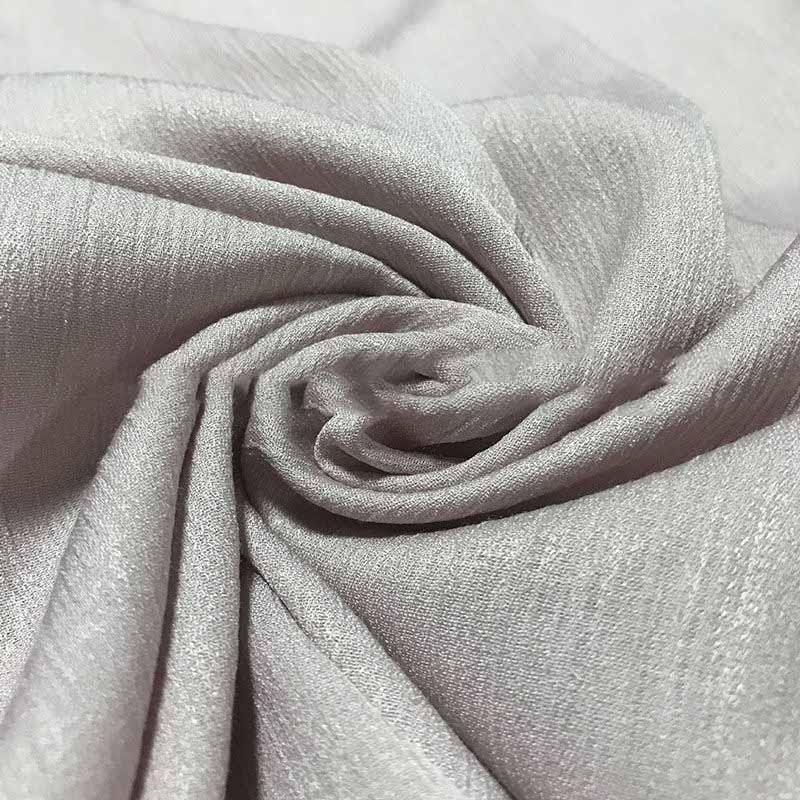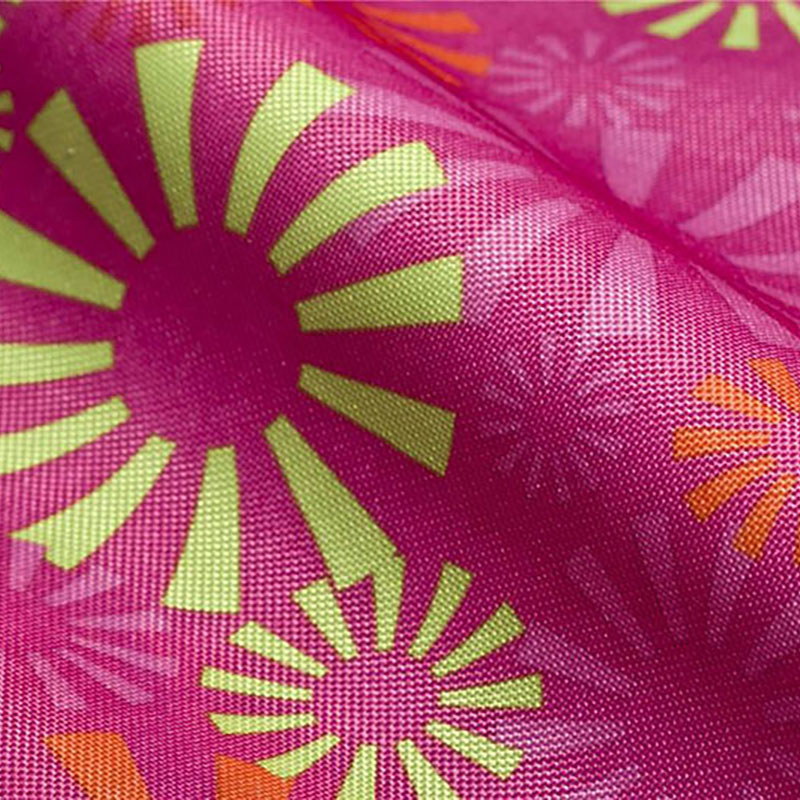
As the world pays more and more attention to environmental protection, fabric printing technology faces unprecedented challenges. Traditional printing technology often requires the use of a large amount of chemical dyes and water resources, which not only increases production costs, but also may cause a serious burden on the ecological environment.

Therefore, implementing environmental improvement measures has become a top priority to promote the sustainable development of the textile industry. By introducing new materials and technologies, companies can reduce the impact on the environment while improving the market competitiveness and consumer recognition of their products.
In recent years, the emergence of digital printing technology has gradually made the fabric printing industry move towards a more environmentally friendly direction. Digital printing can reduce the use of dyes and avoid liquid waste and gas emissions under traditional methods. At the same time, the use of water-based dyes and natural materials in printing can better protect the ecological environment.

With the improvement of environmental awareness, consumers' demand for sustainable products is also increasing. If companies can follow this trend, they will surely gain more opportunities in the market. Through green printing technology, not only can the impact of production on the environment be reduced, but also more consumers who pay attention to environmental protection can be attracted, thereby increasing sales and brand image.
.jpg)
In general, the impact of fabric printing technology on the environment cannot be underestimated. When developing new products and improving production processes, companies need to pay more attention to environmental protection in order to achieve sustainable development goals. Through continuous innovation, the textile industry will be able to move forward while protecting the earth, achieving a win-win situation in terms of economic and environmental benefits.


